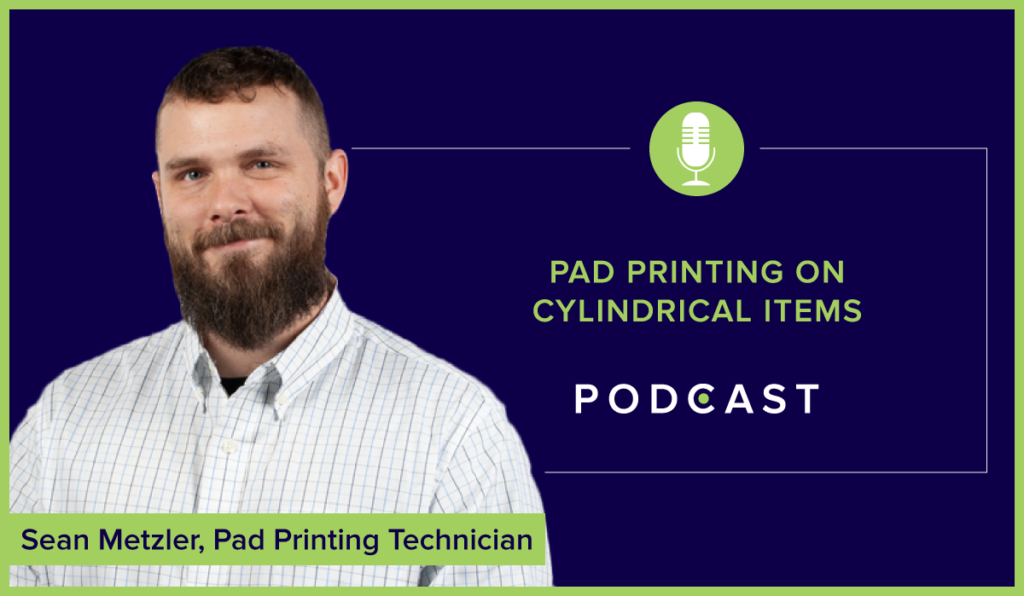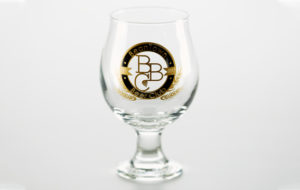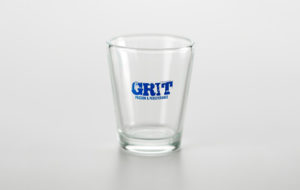Sean Metzler, pad printing technician at Inkcups, a leading supplier and manufacturer of industrial Inkjet printing equipment, discusses pad printing on cylinders.
- Equipment
- Inks & Supplies
- Services
- Applications
- Tagless
- Resources
- About Us
- Contact Us

Sean Metzler, pad printing technician at Inkcups, a leading supplier and manufacturer of industrial Inkjet printing equipment, discusses pad printing on cylinders.
John Maher: Hi, I’m John Maher and I’m here today with Sean Metzler, pad printing technician at Inkcups, a leading supplier and manufacturer of industrial inkjet printing equipment, pad printing, equipment, inks and accessories. Today, our topic is everything you need to know about pad printing on cylindrical items. Welcome, Sean.
Sean Metzler: Hey, John. Thanks for having me.
John: Sure. So Sean, what are some typical cylindrical items that are pad printed?
Sean: So typically, most of the things that we do print on or are being printed on in the industry are drinkware. Glass tumblers, shot glasses, moving on into water bottles, stadium cups, polypropylene cups. That’s generally the bulk of it.

John: Right, and in terms of bottles and things like that, I know that those metal types of bottles are really popular now, because they can be reused and don’t have any issues that maybe some plastics do. Feel better about it, in terms of the environment types of things. But you can print on both plastic and metal drinkware?
Sean: Oh, yeah. Plastic, metal, glass, even paper cups. Anything you can really get under the machine.

John: Okay, so what are some of the challenges involved in pad printing on cylindrical items like that?
Sean: So pad printing on cylindrical items, what you really run into is the amount of wrap you can get on the item. You’re really restricted to about 25 to 30% of the entire circumference of the product before the image starts to stretch or distort. So in doing so, you need to use typically a soft or hollow pad, so that it can sort of collapse in on itself. So you can get more of a wrap without stretching. Since you are using a softer pad, you tend to run into things like pin-holing a little bit more often.
John: What is pin-holing?
Sean: Pin-holing is when a pad is either too soft or too flat, that it can’t force the air out of the etch as the pad is compressing onthe plate. And so when you transfer that ink onto the product, it hasn’t forced the air out, so it didn’t pick up ink in those spots. So you get small holes, usually at the bottom of the print.
John: Okay, and the reason for wanting that pad itself to be soft, like you said, is so that it conforms to the shape of the bottle and sort of spreads around the outside of the bottle. Is that right?
Sean: Right, right. You can cheat a little bit with some of your harder, more sturdy drinkware. A 20-ounce tumbler glass is going to be a lot easier to print on than a champagne flute. So with the metal ones or the hard plastic ones or anything that you can get a cap on, you can cheat it out with a harder pad, but it becomes an issue when you’re printing on wine glasses or champagne flutes or other thin-walled drinkware.
John: Because if you try to press too hard on those things, you can actually shatter that glass?
Sean: Yes, absolutely.
John: Or in the case of plastic, you would maybe distort? If it’s like a soft plastic bottle, you don’t want to be distorting the bottle itself.
Sean: Right, yeah. Too much pressure will cause it to sort of bend it on itself, and then that distorts. Or you can just collapse it altogether.
John: Okay. What else are some of the typical requirements for printing on cylindrical items?
Sean: So you need a pad printer with enough reach or draft that you can fit something like that under it, but you also need enough room in the rear of the machine where it would go down to pick up the image for a tall pad. And if you don’t have enough room, then you can’t use a tall enough pad to be made into a hollow pad. So you won’t be able to get that wrap. And then you’re sort of stuck with pads that don’t compress as well. Also, the larger machine you can work with, the better. Something like B150, which is a 150-millimeter cut machine, versus the B100, which is 90-millimeter cut machine.You have a bigger image area and you can use larger pads. So even if you’re printing the same size image, a larger pad gives you a lot more flexibility.
John: Talk a little bit about what you’re talking about, in terms of reach and the height of the pad and things like that. What are some of those issues?
Sean: With a pad printer that doesn’t have a lot of what we call reach or stroke is the distance that the cylinder can go down. If you have a very short stroke machine, it’s hard to have a fixture that you can slide the product into, print on, and then slide it back out without that pad hitting the product as you pull it back out. For about five to 10 seconds after you pad-print something, it’s still wet enough to smudge. So you just have to be careful that you’re not bumping the pad as you pull it out. Also, for larger cylindrical things like growlers, or some people still do print on safety helmets and things like that. You need a lot of space to just fixture that properly.
John: Okay, so if you’re investing in a machine like this, you want to make sure that that machine is capable or is the right size for the types of products that you’re going to be printing on?
Sean: Exactly.
John: And what equipment and supplies are best suited for pad printing on cylindrical items?
Sean: Okay, so like we said earlier, larger hollow pads, usually with either a central hollow or some of them have multiple hollow pads or multiple hollows in the pad for more even compression. The larger machines are typically better. The B150 for single color. The ICN150 for two-color. If you’re going to be printing on metal and glass, usually you’ll use something like the CG Ink Series, which has good adhesion. Also, the CG Ink Series has top-shelf dishwasher resistance. You’ll need to heat cure it afterwards, but once you do that, it’s about the only thing that I’ve seen in the market that is dishwasher-safe at all.
John: So pads are one thing. Inks are another thing. And again, all of these will depend on what types of products you’re printing on, their shapes, their sizes, their substrates.
Sean: Yes, stainless steel, glass, ceramic, you’re going to lean towards the CG Series. If you’re printing on things like stadium cups, which I know are really, really big, that’s polypropylene.
You generally have a hard time getting adhesion without priming or flaming first. And even so, you’d use our PN Ink Series, which is our specialty polypropylene ink.
John: Okay. Anything else, other than pads and inks, in terms of equipment and supplies for cylindrical items?
Sean: Fixturing is very, very important. You’re either going to want to use a mandrel-type fixture that your cup would slide over. And it gives it very good support on the interior of the product, so you’re less likely to break it or collapse it. Or a sort of nesting fixture, if you’re not as concerned about breaking the product. If you’re printing on a metal outdoor bottle or something that has a thick-walled plastic, some of the double-walled vacuum containers, you can just use a regular old nesting fixture for that. Because you’re not likely to bend or break it.But if you’re using something like a glass tumbler glass or whiskey glass or something that’s a little bit finer, having a mandrel-type fixture will save you a lot of trouble.
Learn more about our custom fixturing service
John: And those fixtures help to, like you said, support the item, keep it in place. Keep it so that I position the item so that it’s in the same position on every item that you put into the machine, that type of thing?
Sean: Yeah, and it’s really important when you’re printing a multicolor to make sure that your registration stays. In that case, nesting fixtures are probably your best bet. But yeah, keeping it sort of still in the same spot for repeatability is all the hallmarks of a good fixture.
John: All right, well, that’s really great information, Sean. Thanks again for speaking with me today.
Sean: Absolutely. Thank you very much.
John: And for more information about Inkcups and Inkcups printing equipment, visit the website at Inkcups.com or call (978) 646-8980.
Inkcups is the leading manufacturer and supplier of industrial printing equipment including pad printing machines, UV printers, tagless t-shirt printing equipment and laser plate-makers. To complete the solution, Inkcups also is a supplier of UV inkjet ink, inkjet primers, pad printing ink, pad printing solvents, pad printing plates, pad printing pads and more. With offices on practically every continent, Inkcups is able to provide solutions and support across the globe.
Add Your Comment